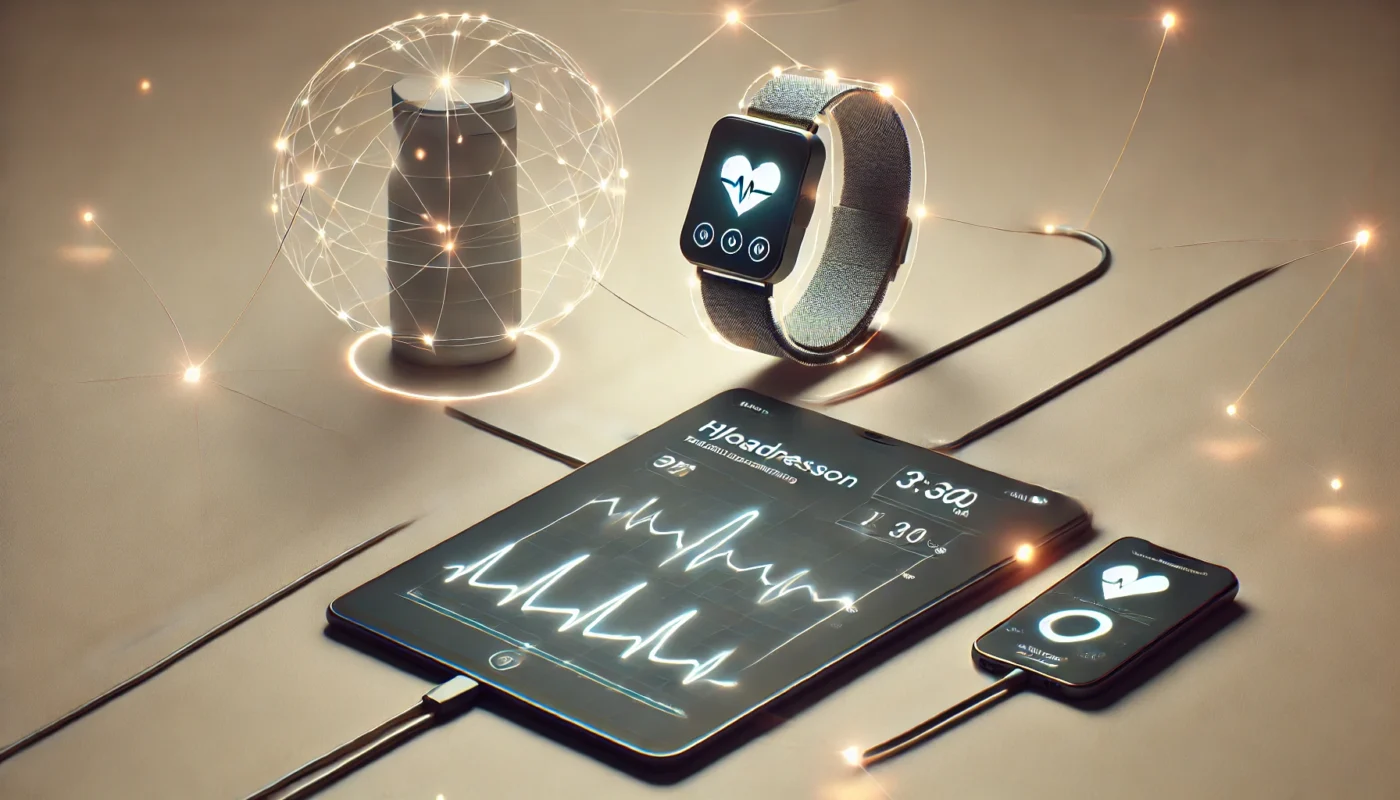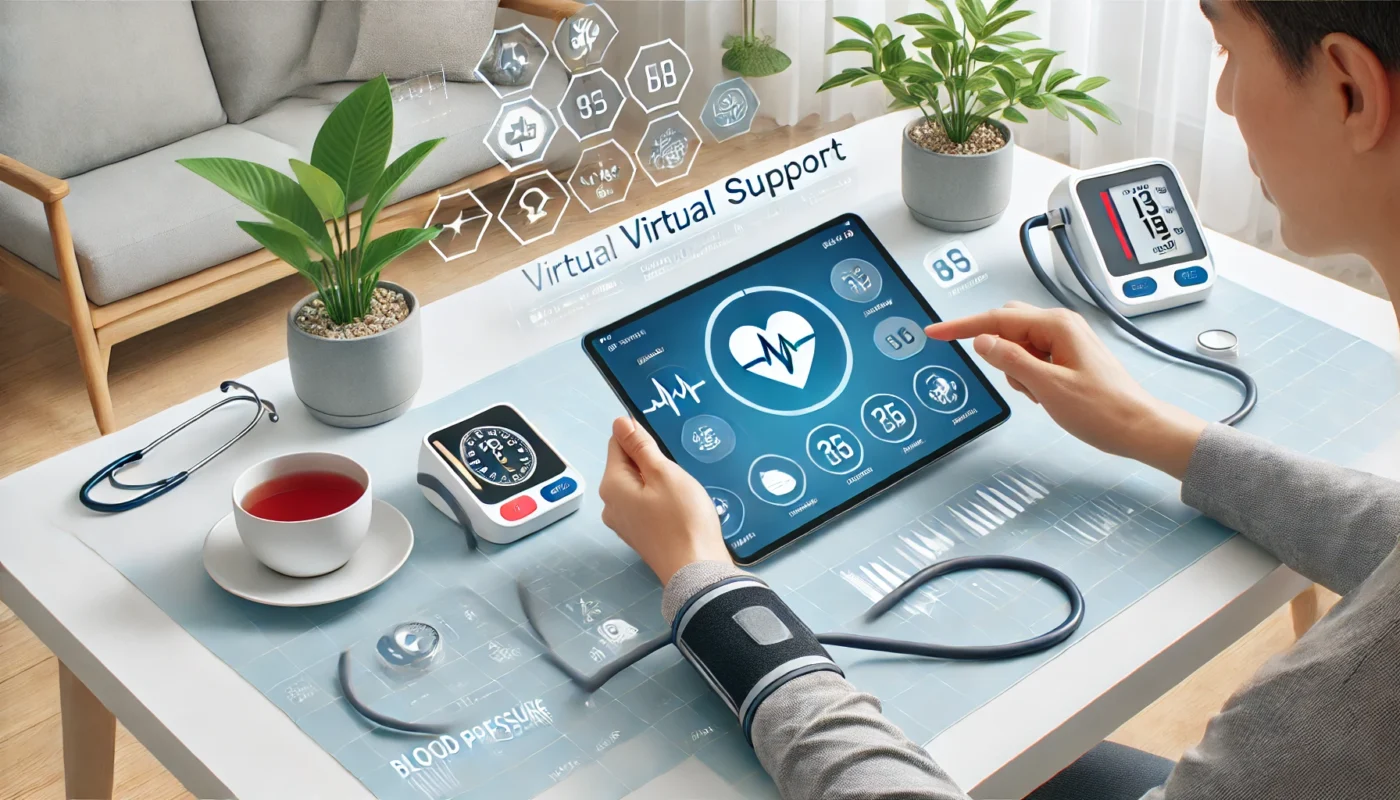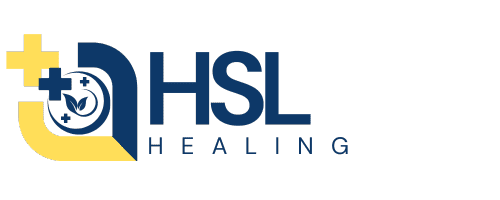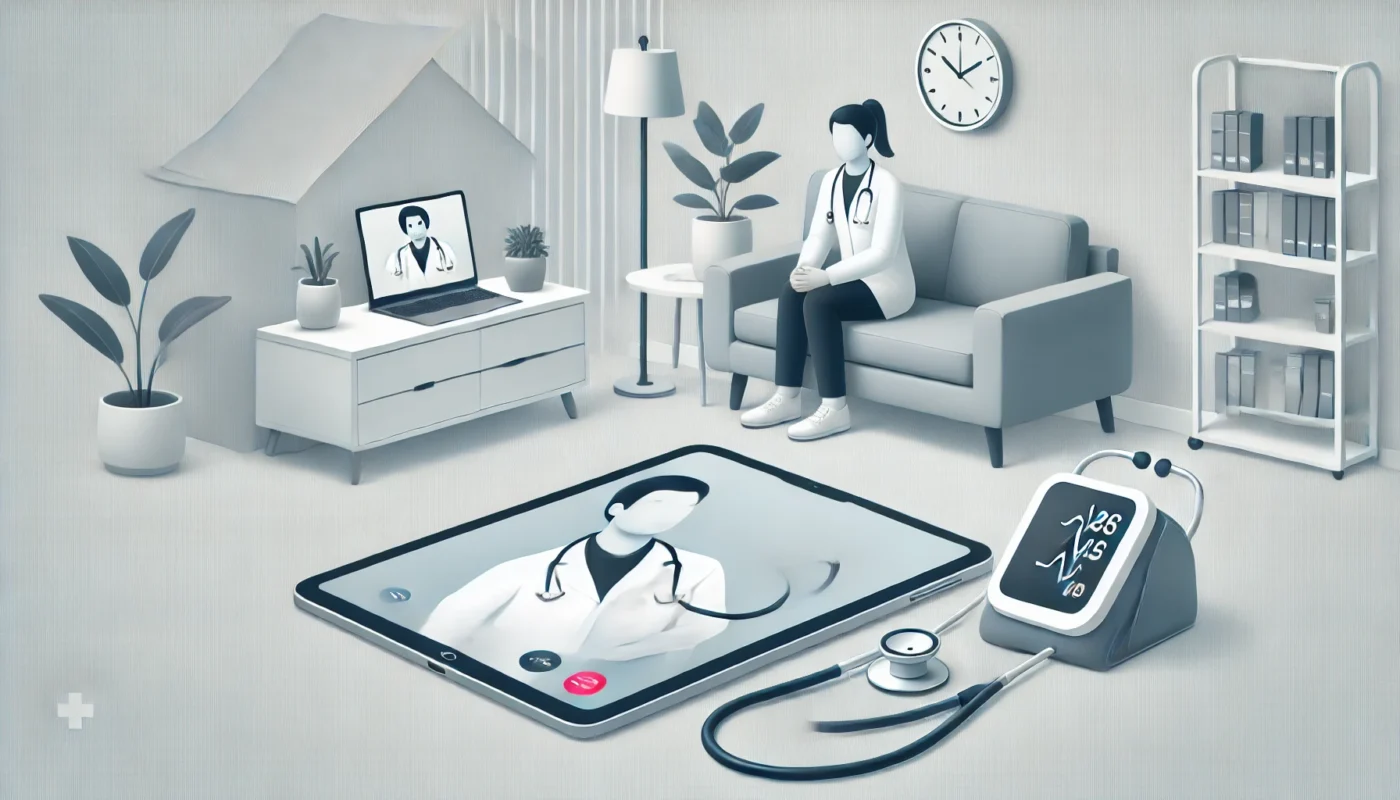Hypertension, or high blood pressure, affects nearly half of adults globally and is one of the leading risk factors for cardiovascular disease, kidney failure, and stroke. Despite its prevalence, hypertension often goes undiagnosed or poorly managed due to barriers such as limited access to care, inconsistent monitoring, and lack of patient engagement. In recent years, telemedicine—particularly virtual clinics and remote monitoring—has emerged as a transformative solution in the management of hypertension. By integrating advanced technology with personalized healthcare, these innovations are changing the landscape of hypertension care and improving outcomes for patients worldwide. This article explores how virtual clinics and remote monitoring are revolutionizing hypertension management and what the future holds for this rapidly evolving field.
You May Also Like: Hypertension and AI-Powered Drug Discovery: A New Era of Medicine
Understanding the Need for Innovation in Hypertension Care
The Challenges of Traditional Hypertension Management
Conventional hypertension care often relies on periodic in-person visits and manual blood pressure monitoring, which present several challenges:
- Inconsistent Monitoring
Patients typically measure blood pressure sporadically, resulting in incomplete data that may not reflect daily fluctuations or patterns. - Limited Access to Care
Geographic and logistical barriers, such as long travel distances to clinics and limited availability of specialists, make it difficult for many patients to receive timely care. - Lack of Patient Engagement
Traditional care models often fail to actively engage patients in their treatment plans, leading to poor adherence to medication and lifestyle recommendations. - The Impact of COVID-19
The COVID-19 pandemic further disrupted access to routine healthcare, highlighting the urgent need for remote and flexible hypertension care solutions.

What Are Virtual Clinics and Remote Monitoring?
Virtual clinics and remote monitoring use telemedicine platforms, wearable devices, and digital tools to provide continuous and personalized care for patients with hypertension. These technologies allow healthcare providers to monitor blood pressure trends, communicate with patients, and intervene proactively, all from a distance.
Virtual Clinics
Virtual clinics are online platforms where patients can consult healthcare providers via video calls, phone calls, or messaging. These clinics offer services such as blood pressure management, medication adjustments, and lifestyle counseling without the need for in-person visits.
- Example: Platforms like Teladoc Health and Amwell offer virtual consultations with primary care physicians and specialists for managing chronic conditions like hypertension.
Remote Monitoring
Remote monitoring involves the use of connected devices, such as smart blood pressure cuffs and wearable sensors, to collect real-time health data. This data is transmitted to healthcare providers for analysis, enabling continuous oversight and personalized care.
- Example: Devices like the Omron HeartGuide smartwatch and Withings BPM Connect transmit blood pressure readings to secure platforms for review by healthcare professionals.
How Virtual Clinics and Remote Monitoring Improve Hypertension Management
1. Continuous Blood Pressure Monitoring
Unlike traditional methods that rely on occasional measurements, remote monitoring provides continuous data, capturing daily variations and offering a more comprehensive picture of a patient’s blood pressure.
- Evidence: A study published in Hypertension (2020) found that patients using remote blood pressure monitoring achieved better blood pressure control compared to those relying solely on clinic visits.
2. Improved Access to Care
Virtual clinics eliminate geographical barriers, making it easier for patients in rural or underserved areas to access hypertension specialists. They also reduce travel time and wait times, increasing convenience for patients.
- Example: During the COVID-19 pandemic, telemedicine consultations for hypertension surged, enabling uninterrupted care for millions of patients worldwide.
3. Enhanced Patient Engagement
Digital tools and apps used in remote monitoring encourage patients to actively participate in their care. Features such as goal tracking, reminders, and personalized feedback help improve adherence to treatment plans.
- Evidence: A randomized controlled trial in The Lancet Digital Health (2021) found that patients using mobile apps for hypertension management were 20% more likely to adhere to their medications and lifestyle recommendations.
4. Early Detection of Complications
Remote monitoring enables healthcare providers to detect abnormal trends or sudden changes in blood pressure, allowing for timely interventions that can prevent complications such as stroke or heart attack.
5. Cost Savings
Virtual clinics and remote monitoring reduce the need for frequent in-person visits and hospitalizations, leading to significant cost savings for both patients and healthcare systems.
- Example: A report by the American Heart Association estimated that telemedicine could save up to $500 per patient annually by reducing travel and emergency care costs.

Challenges and Limitations of Virtual Hypertension Care
While virtual clinics and remote monitoring offer significant advantages, they also face challenges that need to be addressed:
1. Technology Barriers
Not all patients have access to the necessary devices or reliable internet connections, particularly in low-income or rural areas.
2. Data Security and Privacy
The transmission of health data over digital platforms raises concerns about security and compliance with privacy regulations such as HIPAA and GDPR.
3. Lack of Standardization
The lack of standardized protocols for integrating remote monitoring data into clinical workflows can hinder its adoption by healthcare providers.
4. Digital Literacy
Some patients, especially older adults, may struggle to use telemedicine platforms and connected devices effectively.
The Future of Hypertension Care: What’s Next?
1. Integration with Artificial Intelligence (AI)
AI algorithms are expected to enhance remote monitoring by analyzing large volumes of blood pressure data and providing predictive insights. For example, AI could identify early signs of complications or recommend personalized treatment adjustments.
2. Wearable Innovations
Next-generation wearable devices, such as skin patches and contact lenses, are being developed to monitor blood pressure continuously without the need for cuffs.
- Example: A prototype skin patch described in Nature Biomedical Engineering (2021) combines sensors with AI to measure blood pressure, hydration, and stress levels in real time.
3. Comprehensive Hypertension Management Platforms
Future platforms may integrate remote monitoring with lifestyle coaching, medication reminders, and virtual support groups, creating an all-in-one solution for hypertension care.
4. Global Expansion of Telemedicine
As telemedicine becomes more accessible worldwide, its adoption in hypertension care is expected to grow, reducing health disparities and improving outcomes on a global scale.

The Role of Nutritional Supplements in Remote Hypertension Management
Virtual clinics and remote monitoring often include recommendations for lifestyle changes and supplements to support blood pressure control. Below are five evidence-based supplements for hypertension:
- Omega-3 Fatty Acids
Omega-3s from fish oil reduce inflammation and improve arterial flexibility. A meta-analysis in Hypertension (2018) found that omega-3 supplementation reduced SBP by 4 mmHg and diastolic blood pressure (DBP) by 3 mmHg. - Beetroot Powder
Beetroot powder is high in nitrates, which support nitric oxide production and improve blood flow. A study in Nutrition Journal (2017) reported a 4 mmHg reduction in SBP with regular beetroot supplementation. - Magnesium Glycinate
Magnesium relaxes blood vessels and reduces vascular resistance. A study in Magnesium Research (2016) reported that magnesium supplementation reduced systolic blood pressure (SBP) by 5 mmHg on average. - Hibiscus Extract
Hibiscus promotes nitric oxide production, enhancing vascular relaxation. The Journal of Nutrition (2010) demonstrated that hibiscus tea reduced SBP by 7 mmHg in prehypertensive individuals. - Coenzyme Q10 (CoQ10)
CoQ10 is an antioxidant that improves endothelial function and reduces oxidative stress. A clinical trial in Hypertension Research (2007) found that CoQ10 supplementation lowered SBP by 11 mmHg.
Conclusion
Virtual clinics and remote monitoring are transforming hypertension care by providing continuous, personalized, and accessible solutions for blood pressure management. These technologies address longstanding challenges in traditional care, including inconsistent monitoring, limited access, and lack of patient engagement. As telemedicine evolves, advancements like AI integration, wearable innovations, and comprehensive digital platforms are poised to further revolutionize hypertension management. By combining these technologies with evidence-based lifestyle changes and supplements, patients can take control of their blood pressure and achieve better cardiovascular outcomes. The future of hypertension care is here, offering a new era of convenience, precision, and empowerment.

References
- Hypertension Research. (2007). CoQ10 supplementation and blood pressure reduction. Hypertension Research. Retrieved from https://www.nature.com/hr
- The Journal of Nutrition. (2010). Effects of hibiscus tea on blood pressure. The Journal of Nutrition. Retrieved from https://academic.oup.com
- The Lancet Digital Health. (2021). Mobile apps for hypertension management. The Lancet Digital Health. Retrieved from https://www.thelancet.com
- Hypertension. (2020). Remote monitoring and blood pressure control. Hypertension. Retrieved from https://www.ahajournals.org
- Nutrition Journal. (2017). Beetroot powder and vascular health. Nutrition Journal. Retrieved from https://www.biomedcentral.com
Key TERMS for this article:
Virtual Clinics, Remote Monitoring, Hypertension Management, Telemedicine, Wearable Devices, Artificial Intelligence, Patient Engagement
Relevant and useful TAGS for this article:
Hypertension Care, Virtual Health, Remote Monitoring, Blood Pressure Management, Telemedicine, Wearable Health Tech, AI in Healthcare, Patient-Centered Care, Digital Health Platforms, Cardiovascular Health
Important Note: The information contained in this article is for general informational purposes only, and should not be construed as health or medical advice, nor is it intended to diagnose, prevent, treat, or cure any disease or health condition. Before embarking on any diet, fitness regimen, or program of nutritional supplementation, it is advisable to consult your healthcare professional in order to determine its safety and probable efficacy in terms of your individual state of health.
Regarding Nutritional Supplements Or Other Non-Prescription Health Products: If any nutritional supplements or other non-prescription health products are mentioned in the foregoing article, any claims or statements made about them have not been evaluated by the U.S. Food and Drug Administration, and such nutritional supplements or other health products are not intended to diagnose, treat, cure, or prevent any disease.

